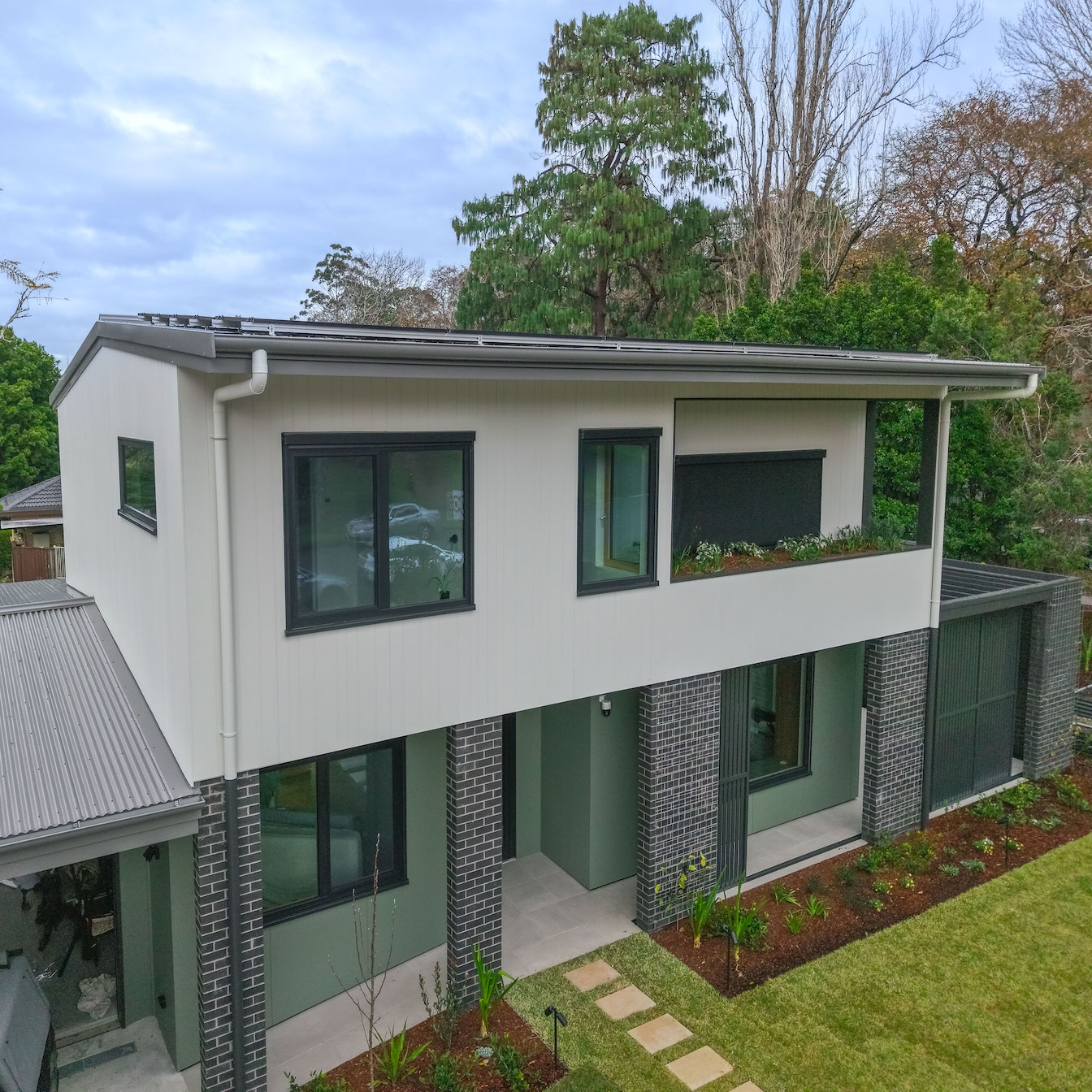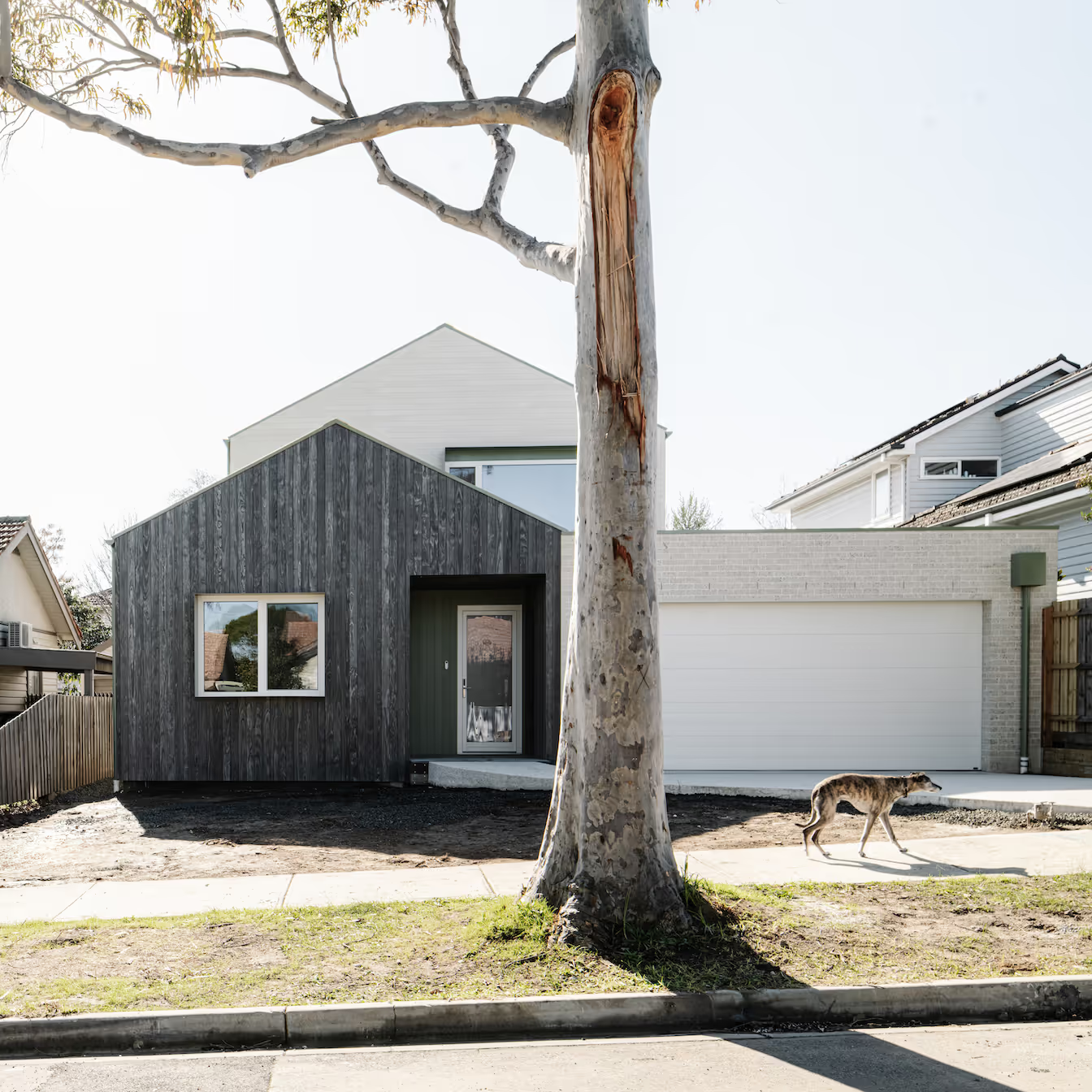We believe the process of creating a new or reimagined building should be exciting—even joyful. Our genuinely sustainable home designs will fit you and your requirements like a glove. Together we’ll make sure your project will make the world a better place, now and in the future.

.avif)
We design sustainable homes
Talk to us about the new home you’re dreaming of or a deep retrofit/renovation. We work with a range of budgets and scopes, approaching each project in a way that fits with your ideas and needs. We’re dreamers and do-ers! We’re flexible, easy to talk to and deeply experienced in energy-efficient, sustainable home design.
<a href="/what-we-offer#new-homes" class="button is-outline">Learn more</a>
We design other spaces too
We’re available to design sustainable multi-family housing projects, community buildings, retail spaces and light commercial such as cafes and office fitouts. High-rise towers aren’t our thing.
<a href="/what-we-offer#spaces" class="button is-outline">Learn more</a>
We support other professionals
We provide Passivhaus design services and consult to other architects who are extending their skills in healthy, efficient and sustainable design.
<a href="/what-we-offer#consultancy" class="button is-outline">Learn more</a>
We're environmental architects
Every building we design is genuinely sustainable, healthy, comfortable and efficient. Beautiful, too! We’re experts in Passivhaus design, keen supporters of the Living Building Challenge and focus on using sustainable materials and practices with a smaller carbon footprint.

Discover our people (and what it's like to work here) and awards we've won.
Explore our expansive library of resources for people interested in sustainable, healthy homes.









